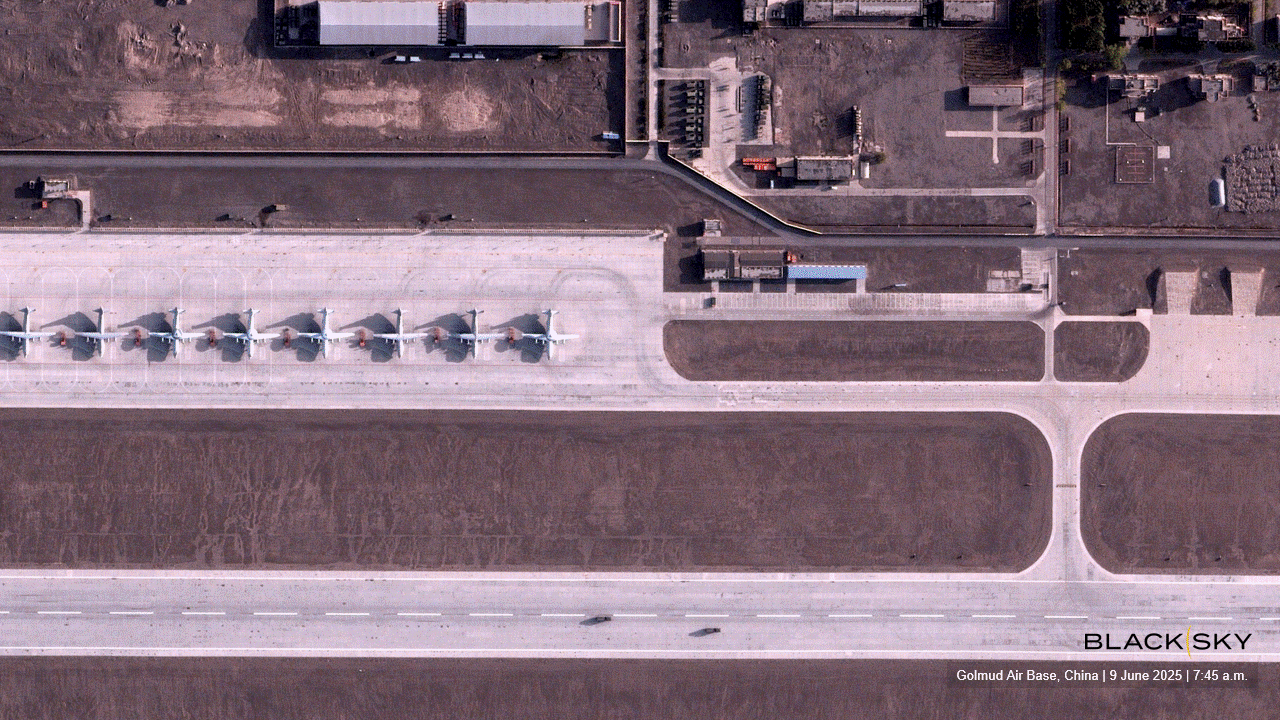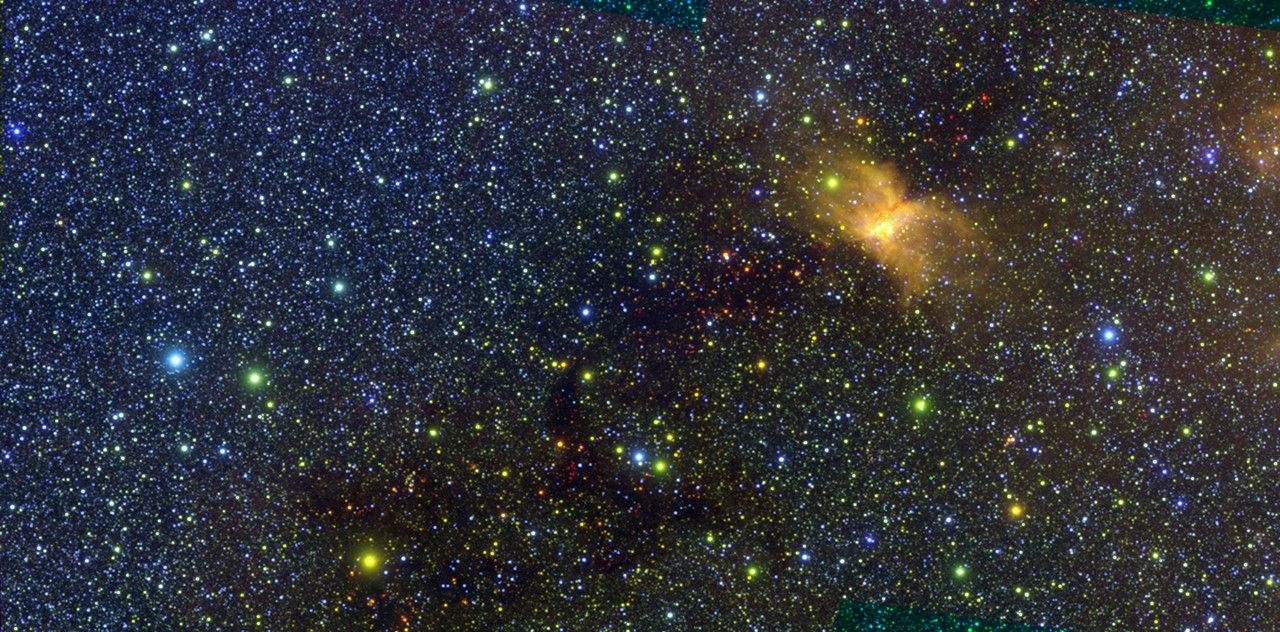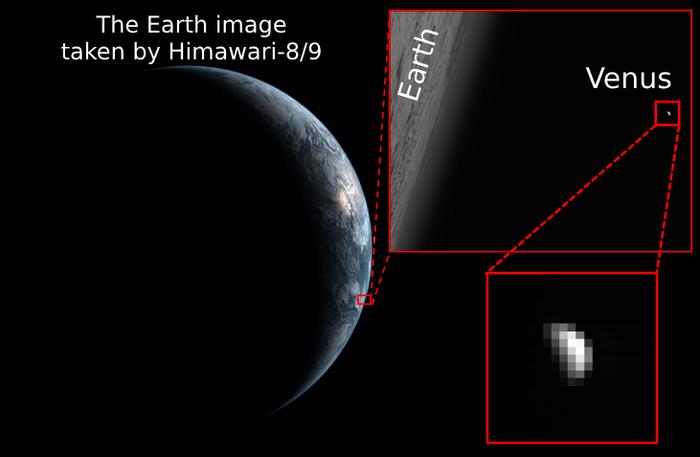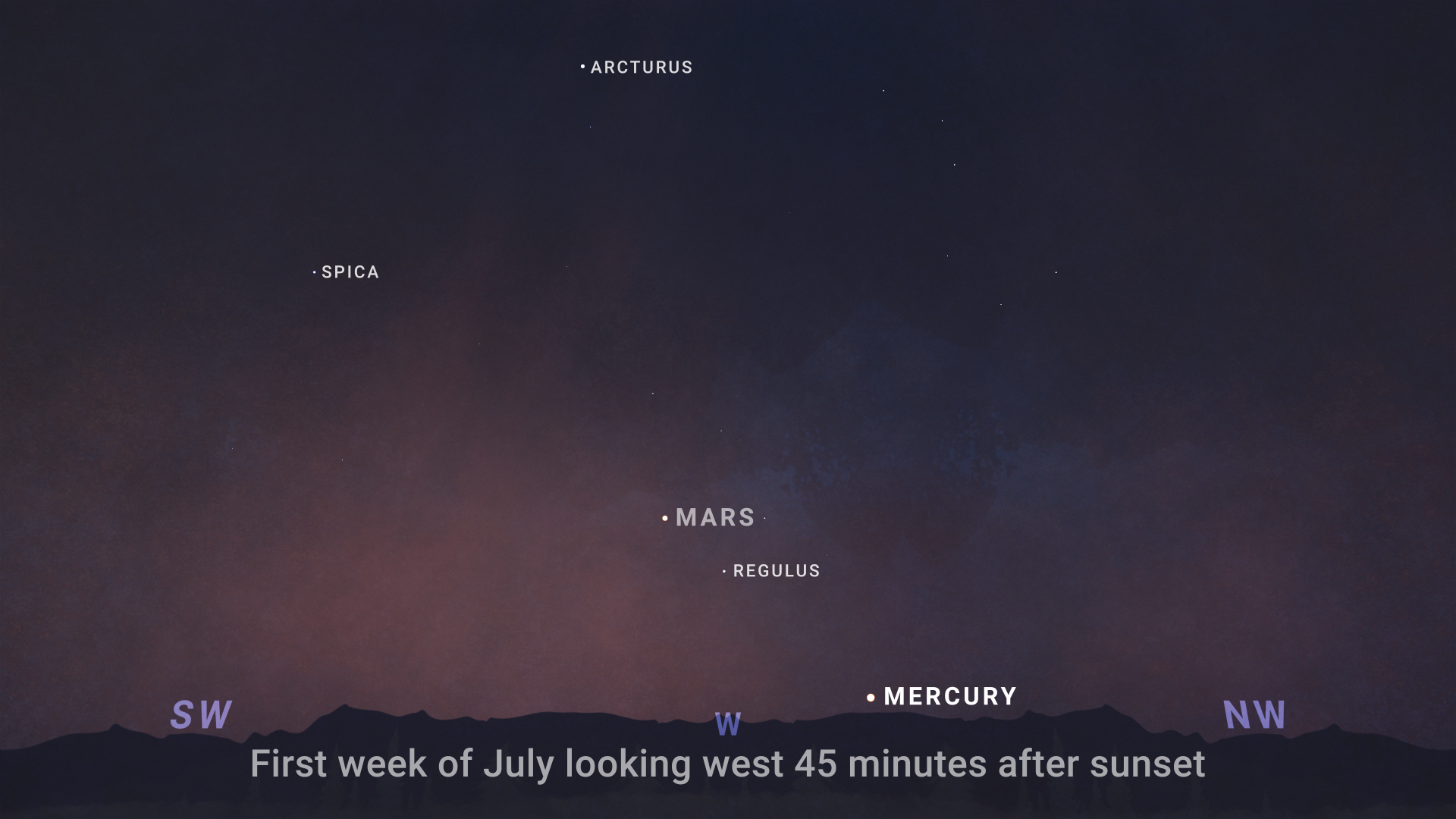Astronomers using ESO’s Very Large Telescope (VLT) have imaged SNR 0509-67.5, a very young (300-350 years old) remnant of Type Ia supernova, and spotted patterns that confirm its star suffered a pair of explosive blasts.
This image, taken…

Astronomers using ESO’s Very Large Telescope (VLT) have imaged SNR 0509-67.5, a very young (300-350 years old) remnant of Type Ia supernova, and spotted patterns that confirm its star suffered a pair of explosive blasts.
This image, taken…

WASHINGTON — The U.S. National Geospatial-Intelligence Agency (NGA) announced July 2 it has awarded over $70 million in contracts to commercial satellite imagery and analytics firms as part of its Luno program, a new initiative…

NASA’s newest astrophysics space telescope launched in March on a mission to create an all-sky map of the universe. Now settled into low-Earth orbit, SPHEREx (Spectro-Photometer for the History of the Universe, Epoch of Reionization, and…

How can scientists study the meteorology of Venus from Earth since there are currently no missions to Venus? This is what a recent study published in Earth, Planets and Space hopes to address as a team of…

Mars shines in the evening, and is joined briefly by Mercury. Jupiter joins Venus as the month goes on. And all month, look for Aquila the eagle.
All Month – Planet…